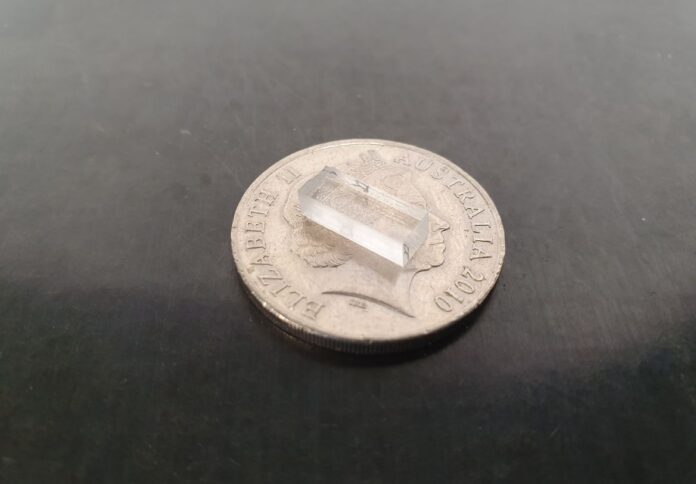
Researchers from Macquarie University have taken part in the development of a high-speed optical fibre that carries the equivalent of more than 10 million fast home internet connections running at full capacity.
Developed in Japan by a team of Japanese, Australian, Dutch, and Italian researchers, the industry-standard optical fibre has set a new speed record of 1.7 Petabits over a 67 km length.
The fibre contains 19 cores that can carry a signal and is designed to meet global standards for fibre size and ensure adaptability without massive infrastructure change. Furthermore, the fibre uses less digital processing, which greatly reduces the power required per bit transmitted.
Australian researchers supported the project through the development of a 3D laser-printed glass chip that allows low-loss access to the 19 streams of light carried by the fibre, ensuring compatibility with existing transmission equipment.
Dr Simon Gross from Macquarie University’s School of Engineering said the Australian team has created a compact glass chip with a waveguide pattern etched into it using 3D laser printing.
“It allows feeding of signals into the 19 individual cores of the fibre simultaneously with uniform low losses. Other approaches are lossy and limited in the number of cores,” Gross said.
The new optical fibre was developed by the Japanese National Institute of Information and Communications Technology and Sumitomo Electric Industries, in collaboration with the Eindhoven University of Technology, University of L’Aquila, and Macquarie University.
“It’s been exciting to work with the Japanese leaders in optical fibre technology. I hope we’ll see this technology in subsea cables within five to 10 years,” Gross said.
Professor Michael Withford from Macquarie University’s School of Mathematical and Physical Sciences said the new invention could mean far-reaching implications.
“The underlying patented technology has many applications including finding planets orbiting distant stars, disease detection, even identifying damage in sewage pipes,” Withford said.


















